Infinity Kappa Perfect 12DVQ Bruksanvisning
Läs gratis den bruksanvisning för Infinity Kappa Perfect 12DVQ (8 sidor) i kategorin Subwoofer. Guiden har ansetts hjälpsam av 6 personer och har ett genomsnittsbetyg på 3.5 stjärnor baserat på 3.5 recensioner. Har du en fråga om Infinity Kappa Perfect 12DVQ eller vill du ställa frågor till andra användare av produkten? Ställ en fråga
Sida 1/8

subwoofer instructions
Thank you for purchasing an Infinity Kappa Perfect VQ
subwoofer. Kappa Perfect VQ subwoofers are engineered to
provide unparalleled audio reproduction at even the highest
output levels, and are constructed using state-of-the-art materials
for unequalled performance and longevity. To ensure the best
subwoofer performance possible, we recommend that a qualified
professional perform the installation. Although these instructions
provide enclosure specifications and explain how to install a
Kappa Perfect VQ subwoofer in a general sense, they do not show
specific box-construction details or vehicle-specific installation
methods. If you don’t feel you have the knowledge, experience
or necessary skills to install the subwoofer yourself, ask your
authorized Infinity dealer about professional installation options.
Remember to keep your sales receipt and this manual in a safe
place so they’re available for future reference.
Produktspecifikationer
| Varumärke: | Infinity |
| Kategori: | Subwoofer |
| Modell: | Kappa Perfect 12DVQ |
Behöver du hjälp?
Om du behöver hjälp med Infinity Kappa Perfect 12DVQ ställ en fråga nedan och andra användare kommer att svara dig
Subwoofer Infinity Manualer
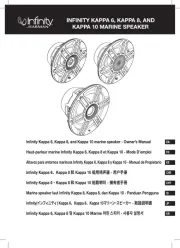
10 September 2025
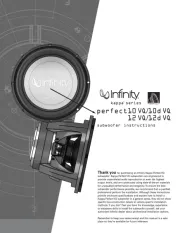
9 September 2025
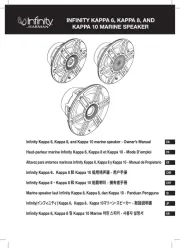
9 September 2025
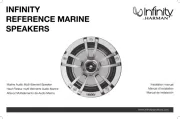
9 September 2025
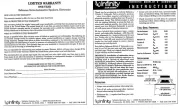
23 Juni 2025
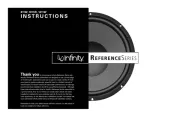
23 Juni 2025
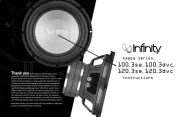
22 Juni 2025
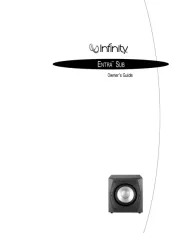
22 Juni 2025
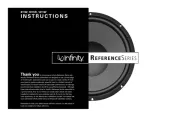
22 Juni 2025

22 Juni 2025
Subwoofer Manualer
- Alphasonik
- Jamo
- Sonance
- Technics
- Boston Acoustics
- AV:link
- Mtx Audio
- Adam
- Cerwin-Vega
- MB Quart
- Revel
- James
- JVC
- JBL
- Audac
Nyaste Subwoofer Manualer
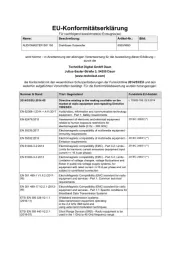
21 Oktober 2025
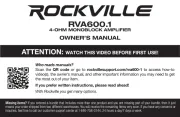
18 Oktober 2025
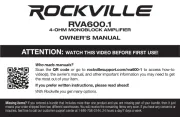
18 Oktober 2025
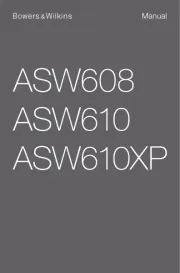
15 Oktober 2025
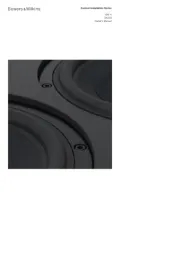
15 Oktober 2025
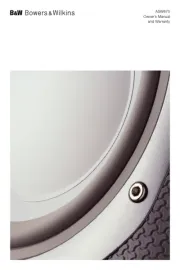
15 Oktober 2025
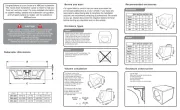
13 Oktober 2025
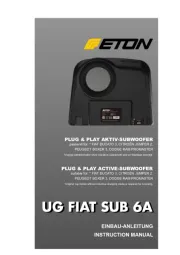
13 Oktober 2025
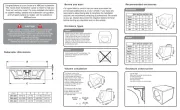
13 Oktober 2025
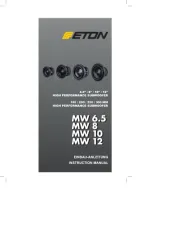
13 Oktober 2025